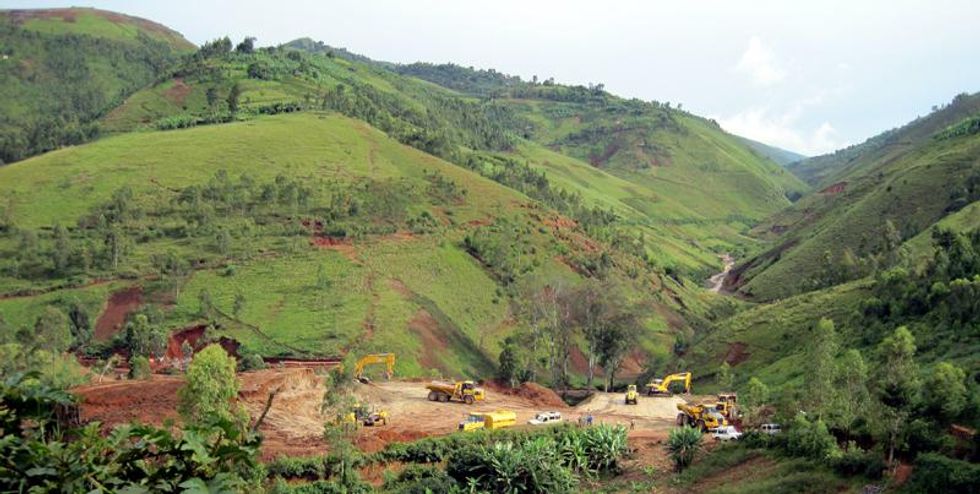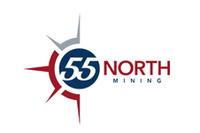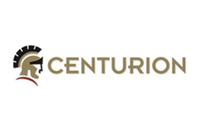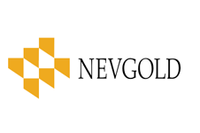DRC to Open First Industrial Gold Mine Since 1950s
After years of conflict, the Twangiza Project in the DRC will be the country’s first industrial gold operation to open in more than half a century.
By Damon van der Linde – Exclusive to Gold Investing News
The Twangiza Project in the Democratic Republic of Congo will be the country’s first industrial gold mining operation to open in more than half a century. The Canadian-owned Banro Corporation (AMEX:BAA) is scheduled to pour the first bar of gold at this open-pit mine some time in the fourth quarter of this year.
“It’s about time the gold came out so the government and the country can enjoy some of the economic benefits that go with that,” said Tomas Sipos, Vice President of Corporate Development at Banro. “It’s a very good time to be coming into gold production because the pipeline of the majors is a real problem, and they’re producing less than they can replace in reserves.”
This opening of this mine marks the end of a long hiatus from industrial gold mining in the DRC, which has fallen into the realm of numerous small-scale artisanal mines, notorious for funding competing armed groups in the area.
Located in the east of the country, South Kivu, along with North Kivu, have been the centre of the conflict resulting from the Second Congo War. In July 2007, United Nations human rights expert Yakin Erturk called the situation in South Kivu the worst she had ever seen in “four years as the global body’s special investigator for violence against women.” However, Sipos says that the Banro projects have not been severely affected by conflict.
“Since 2004 we have been exploring to find our resources, we’ve been developing our properties, and in the past couple of years we’ve been under construction. We’ve had no significant incident that has slowed us down in our locality in South Kivu,” said Sipos.
Banro is currently developing four gold properties comprising of 13 Exploitation Permits, with mining licenses, in the South Kivu and Maniema Provinces of the DRC. These properties, totalling 2,616 square kilometres, occur along the 210 km Twangiza-Namoya gold belt.
Though conflicts and human rights abuses have continued in parts of the DRC even after the end of the civil war was declared, Sipos says that since 2006, when President Joseph Kabila was elected, the country has been steadily improving from some of its past problems.
“We have a very good relationship with the government. We’ve seen the country improving steadily and our mine and our situation has reflected that,” said Sipos.
Sipos says that in addition to working with government, Banro has been involved in local community initiatives, including the construction of four schools, a hospital, roads, bridges, potable water facilities.
“It’s simple. Whenever you build a mine, you build it for the long-term, and support of the community is critical. We’ve really worked hard to give back and show that we’re a community player and when you do that you get the support back from the community,” said Sipos. “That helps both in terms of the workforce and the community relations but it also helps in terms of security because then the people want you there and they take care of themselves and they take care of you.”
Sipos says that Banro is looking at the long-term for its mining in the area, with a growing deposit that currently comprises Measured and Indicated Resources of 5.60 million ounces of gold, citing the Twangiza Project alone as having at least an eight year mine life.
“There are a lot more resources, therefore, as cash-flow comes off we can further drill out and put into production further resources. We have 11 million ounces of resources so even though these specific mines have an initial life given to them, the gold belt that we are developing has a very long life.”





